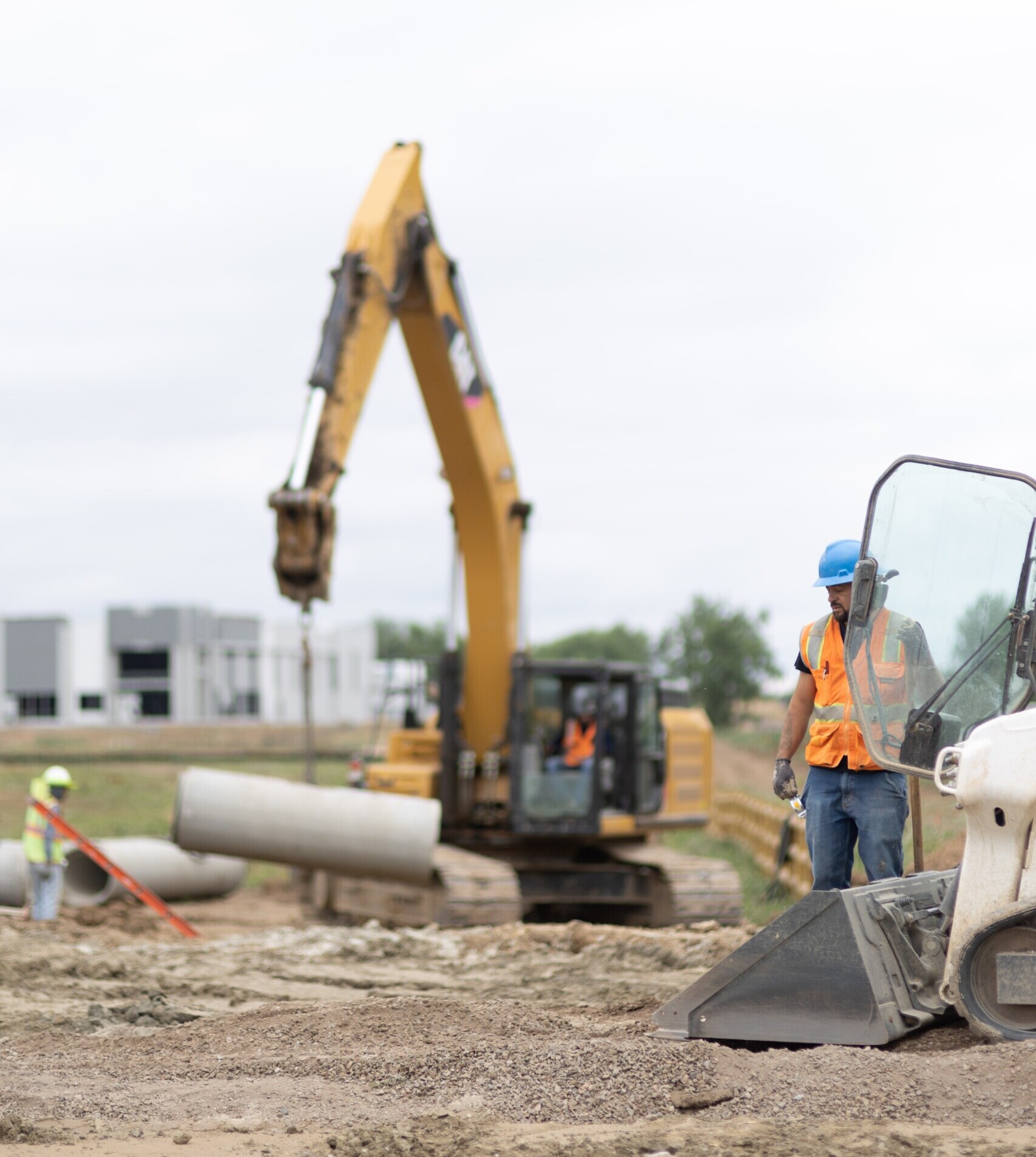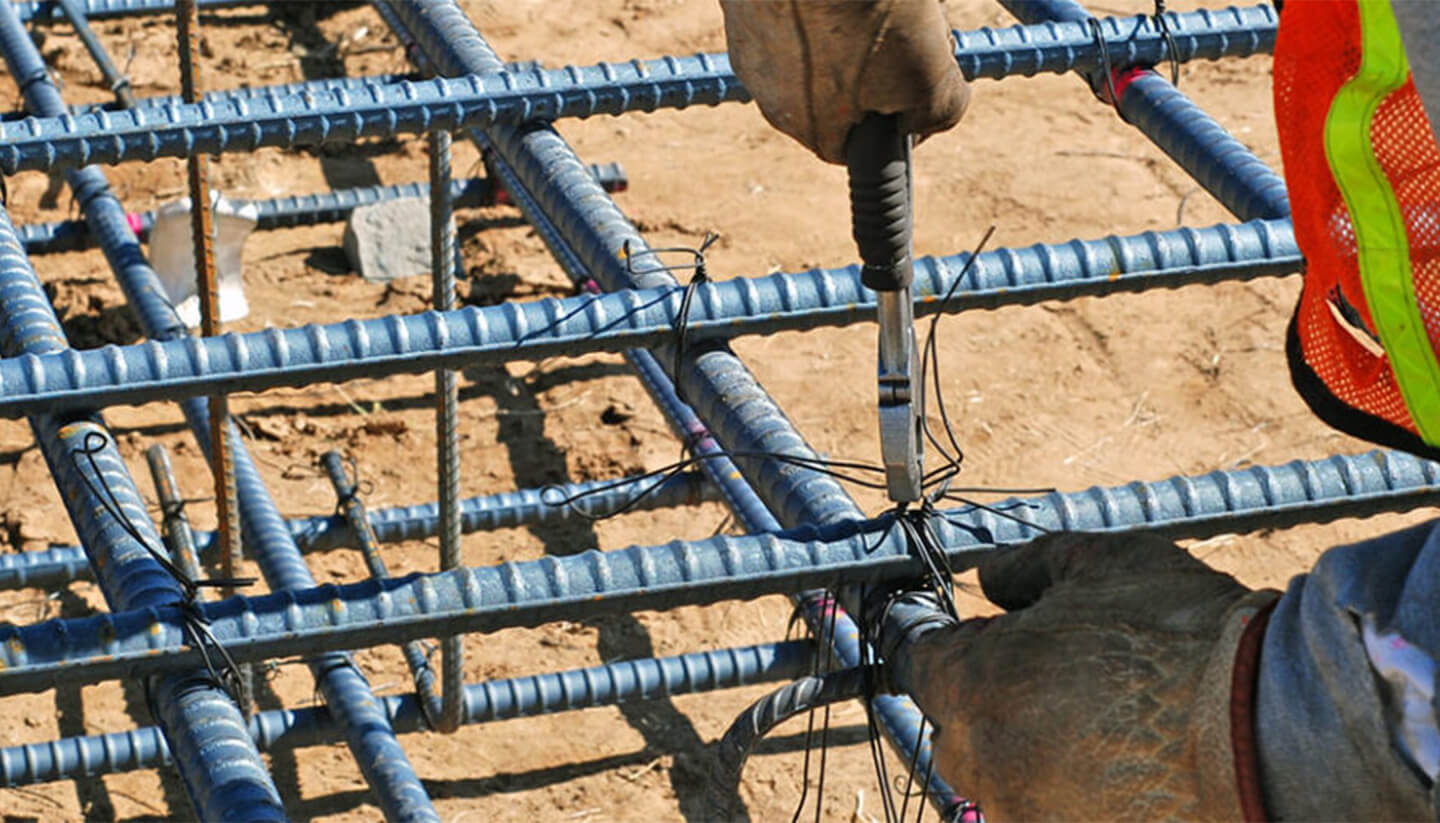Step 1: Understand the data you need.
Streamlining your operations starts with collecting the right data—and only the right data.
You’re already collecting all kinds of data—whether you’re using an operational platform to do it or writing it on forms and transferring it into spreadsheets. Your estimators need numbers for better bids, your accountant needs hours to pay subcontractors and manage cash flow, and your supervisor needs information to make sure jobs stay on budget and on time. Data is vital to running your construction company smoothly.
But there is such a thing as too much information. When implementing a new, streamlined operations platform, focus on collecting only the data that you need.
Terry Olson, the co-owner and vice president of OE Construction Corporation, a Colorado-based excavation and underground utility firm, recently spoke about this on Assignar’s Dirty Boots podcast. Every piece of information you gather should serve a purpose, she said.
“Do not collect it if you’re not going to use it,” Olson said.
At OE, they used 23,000 forms last year, capturing thousands of data and using every piece.
What are they capturing?
- Time
- Equipment
- Certifications
- Operations visual checks
- Safety information
- Incident logs
- Daily project logs
- Daily pre-tasks
- Safety information
Decide on the type of information you need to run your business. Asking for useless or repetitive information from your subcontractors makes it more difficult for your back office to manage and more of a pain for the workers in the field. Start small, and add more inputs as you grow.
Step 2: Get buy-in from your subcontractors
Your systems are only as good as the data you put into them—and that information comes from the people on-site.
Getting buy-in, however, isn’t always easy. They’ve come to complete a task, and anything besides that hands-on work may seem like a chore. Yet, there are ways you can get them involved and even excited about collecting data on the job site.
Answer the question, “What’s in it for them?”
There’s nothing that gets people to mentally check out faster than having them fill out forms when they don’t understand why. When onboarding employees onto new technology, they’ll want to know, “What’s in it for me?”
Taking the time to clearly explain the ‘why’ behind your new technology or processes is one of the most foundational steps to a successful implementation.
“No matter what their role is, once people understand how the data’s going to be used, it feels like a collaborative effort,” Olson said.
Streamlining operations saves time for your teams in the field; they don’t have to drive paper sheets to the office, handwrite their daily logs and fight maintenance to get their equipment looked at. When OE implemented Assignar over three years ago, they explained how this new process would create a better experience—and received positive results.
“We said, this [using Assignar] is going to help you be better, and you’re going to help us be better,” Olson said. “Then, once we started using the platform and they saw the positive results, they were more inclined to give us the right level of detail with the data.”
Make it easy on them
Still, onboarding a new platform takes time. Don’t have your field workers dive into the deep end—start collecting only the minimum amount of data you need and slowly ramp up as you go. Things like buttons, checkboxes and dropdowns makes it easier to fill out forms on devices. Speech-to-text is also an easy feature for crew members to use out in the field.
Make iterating a team effort
Getting employees onboard with new technology takes work, but it’s a lot easier when you get their input and actually implement it. That’s what OE did when they first implemented their platform.
“It wasn’t just a brick wall—we just do it this way, do your thing and don’t talk to us,” Olson said. “It was very much a two-way conversation.”
Reward good behavior
An effective way to incentivize workers to adopt processes and recognize their adoption efforts is to offer awards and even prizes. At OE, they have awards like “Star Project Log” for thoroughly filling out the daily project log. Olson has even offered cash rewards for subcontractors who are doing an exceptional job in a certain area of implementation. The result? Field workers tap into their competitive side, and filling out daily logs becomes a game.
“One of the things that you’ll find in construction is that people are competitive,” Olson said. “So one person got a star project log, everyone wants that now. It’s been fun to see the evolution.”
Step 3: Put your data to work
You have a new operations platform, you’ve identified the data you need, and you’ve created a successful onboarding and implementation plan. Now, comes the fun part—the part where days out of your week are saved, and you start to see a direct impact on your margins and ROI.
It’s time to put your data to work.
The main ways you’ll be using the data to streamline your operations include:
- Tracking qualifications and certifications
- Reporting from the job site
- Processing payroll (faster!)
- Project managing the problems
Let’s dive in.
1. Tracking qualifications and certifications
When managing field workers, you have to ensure they’re licensed and certified in their trades. You likely already check this information before hiring a new employee as part of the vetting process.
But licenses expire, and certifications come up for renewal. How do you track all of that?
This is where data-driven solutions come in. Instead of sifting through files every month or ignoring the problem completely, you can track that information using a construction operation platform.
Input license information and expiration dates once, and get notified automatically when they expire. You’ll ensure everyone’s certifications are up to date and protect your company from incidents and liability.
2. Reporting from the job site
When managing subcontracting operations, it’s important to gather information about what’s going on in the field. However, the information is only as good as how you use it. By gathering reporting in real-time from the field, you can track accurate data on equipment usage and maintenance that helps you stay proactive instead of reactive.
For example, OE uses automated reporting to keep track of its equipment maintenance needs. Equipment operators capture information on-site and send a report to the maintenance team to prioritize. The team knows what the problem is, which piece of equipment is most critical and where to find that equipment.
You can also put together automated weekly reports for clients or general contractors. The right operations software will collect this information and pull it together into a readable, usable report.
3. Processing payroll pre- and post-paper
Processing payroll in a paper-based system looks like chasing down paper timesheets from multiple job sites, and then the time-consuming task of putting them into spreadsheets. Sound familiar?
Olson remembers the struggle. When you have paper timesheets, field workers have to handwrite their job numbers, hours, equipment used, job descriptions, and any other pertinent information. It takes up a lot of their time—and the time of whoever has to interpret each worker’s handwriting.
“It became an interpretation game every week,” Olson said.
It’s a gamble in the office, too. You can’t read the writing—or worse, a slip of paper is lost, and no one can remember job numbers. And that’s all before you get it on the computer. Then you have to print, proof, and sign off on it.
That’s a lot of steps to deal with every week.
Instead, with a construction operations platform, you can skip the interpretation game and automate payroll. Field workers enter their information on their devices in the field, and once a week, it gets automatically submitted to the office for processing.
For OE, it used to take a day and a half to process payroll. Now it takes them 30 minutes.
“We plug the time sheet data into our accounting system and literally from start to finish, it’s about 30 minutes by the time we review the data and plug it in,” Olson said. “That’s pretty impressive.”
4. Project managing the problems
The biggest struggle when you scale? Figuring out who is doing what, when. Managing so many moving parts can lead to errors, delayed schedules and project overages. With a busy job site, it’s important to figure out what went wrong.
That’s where your data comes in. Collecting information, and having a way to easily extract what you need from it, saves your company from stress and confusion when things go wrong.
When problems arose for OE, they went back through their data and had information on who filled the report, what day they worked, the foreman’s notes, and photos of the job. While it would have taken days for someone to comb through PDFs to figure out what happened, Mike Hecker, OE’s IT Manager, used Assignar, their operations software, to pull out the right data.
“There’s nothing worse than putting data in that you can’t get out,” Hecker said.
Using data from the logs and pictures taken onsite, the OE team could pinpoint the exact issue.
“Those pictures were invaluable in building a scenario of what really happened,” Olson said.
Streamlining subcontracting ops starts with saying goodbye to spreadsheets.
Let’s face it—in order to truly put your data to work, the very first step is saying goodbye to slow methods of data collection—paper, whiteboards, and spreadsheets. These tools, while they can work, are not streamlined. They can’t integrate with your other business management tools and they can’t be automated to save you time in your week.
Data collection starts with adopting a cloud-based, digital platform—ideally one that is specifically designed for the construction industry.
This is why we built Assignar.
Assignar is built to help you not just streamline your operations, but to set yourself up to scale and build more. This is a digital platform that’s built for subcontractors like OE—with timesheets, daily logs, and customizable forms, all with the ability to integrate directly with your ERP and payroll systems.
OE is not the only customer who has saved hundreds of hours by moving their operations to Assignar. We see it over and over. When you manage your subcontractors with a data-powered solution, you will:
- Gain back time in your week that you can use for building the business
- Build more accurate margins and be better prepared for winning more bids
- Create a more streamlined experience for your subcontractors—from saving their time driving to and from the office to drop off paperwork, to faster turnaround times on payroll
Streamlining operations in this way helps decrease turnover and bring in more work, all while creating a system that can scale. During a time of economic turmoil, continued labor shortage, supply chain challenges and increased material prices—a competitive edge like this can’t be ignored.





